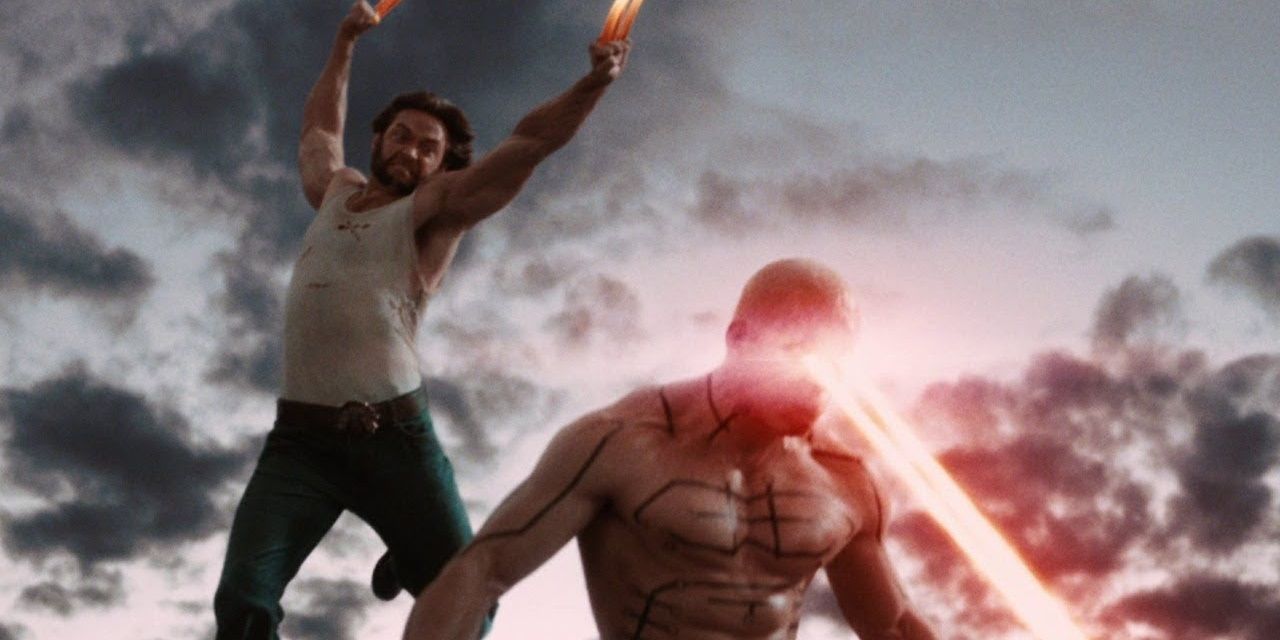
X-Men Origins: Wolverine serves as a prequel to the X-Men film series, delving into the tortured past of the iconic character, Wolverine, portrayed by Hugh Jackman. Directed by Gavin Hood, the movie explores Logan’s (Wolverine’s) early life, his complex relationship with his brother Victor Creed (Sabretooth), and his eventual transformation into the formidable mutant with retractable claws. The film aims to give fans a deeper understanding of the character’s origins, setting the stage for his iconic role in the X-Men films.
The story begins by tracing Logan’s childhood in the 19th century, where he witnesses his father’s murder. After this traumatic event, Logan discovers his mutant ability—rapid healing—allowing him to survive injuries and live for over a century. He goes on the run with his half-brother, Victor, and the two grow up together, fighting in various wars throughout history. Eventually, their paths diverge as they join a covert military program known as Team X, which uses their abilities for more destructive purposes.
Logan eventually becomes disillusioned with the violence and leaves the program, but his past catches up with him when Victor resurfaces as the villainous Sabretooth. Betrayed and manipulated by those he trusted, Logan’s quest for revenge leads him to the Weapon X program, which further enhances his powers, including the infamous adamantium skeleton and claws that make him nearly indestructible.
At its core, X-Men Origins: Wolverine explores themes of betrayal, loss, and the price of immortality. Logan’s internal conflict over his violent nature and the horrors of his past are central to the story. His tortured past, marked by the loss of loved ones and his struggle for redemption, adds emotional depth to his character.
Hugh Jackman’s portrayal of Logan offers a glimpse into the vulnerability behind the tough, brooding exterior we see in the later X-Men films. The film also introduces Victor Creed (Liev Schreiber) as Logan’s ruthless brother, Sabretooth, whose rivalry with Logan adds another layer of complexity to the narrative. While their relationship is central to the story, it lacks depth, making their conflict less impactful than it could have been.
The film is packed with action, including numerous fight sequences and explosive set pieces. Wolverine’s combat skills, combined with his healing factor, make for intense battles, particularly during his confrontation with Victor and the mutant mercenaries of Team X. However, some of the film’s visual effects, particularly the depiction of Deadpool (Ryan Reynolds), were met with disappointment. The character’s transformation into the silent, deadly version of Deadpool strays far from the fan-favorite comic portrayal, leaving many dissatisfied.
Despite this, the film’s depiction of Wolverine’s adamantium claws and his enhanced healing factor are a visual highlight, providing fans with a more fleshed-out understanding of his powers.

Upon release, X-Men Origins: Wolverine was met with a mixed reception. While it received praise for Jackman’s performance and the action sequences, many critics felt the story was too scattered, and the film took liberties with the source material. The film’s portrayal of key characters, especially Deadpool, was heavily criticized. Nevertheless, it performed well at the box office, grossing $373 million globally.
While X-Men Origins: Wolverine was a flawed entry in the X-Men saga, it laid the groundwork for future films, such as The Wolverine (2013) and Logan (2017), which would go on to explore the character in more meaningful and satisfying ways. Despite its shortcomings, the film offers an important, if imperfect, look into the past of one of the most beloved characters in comic book history.


